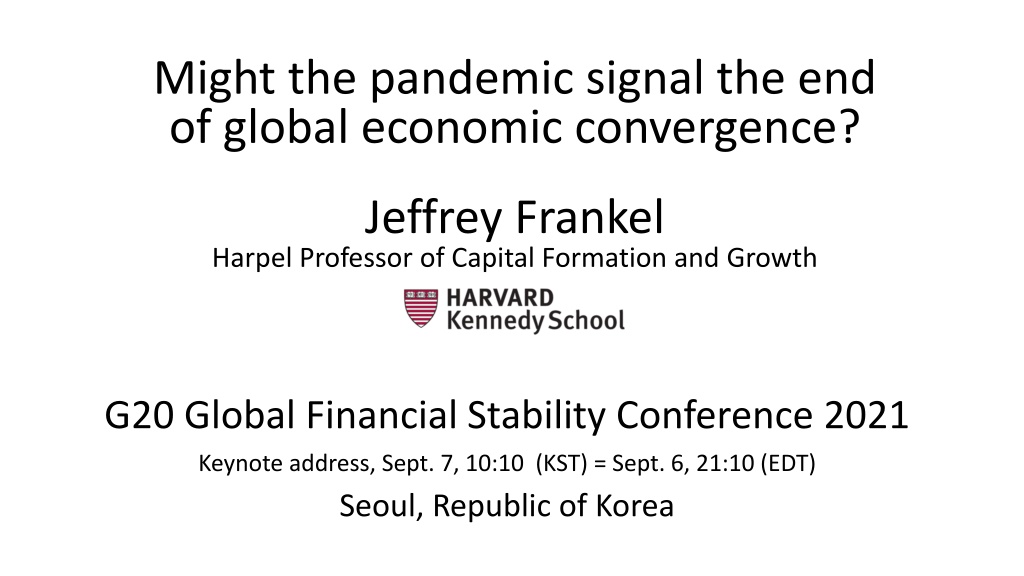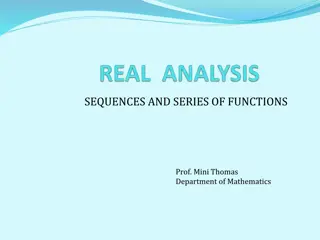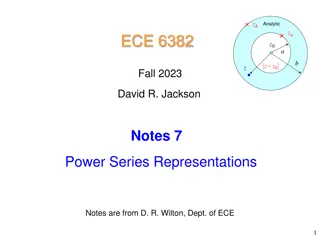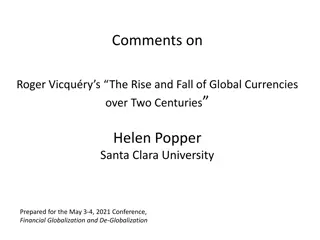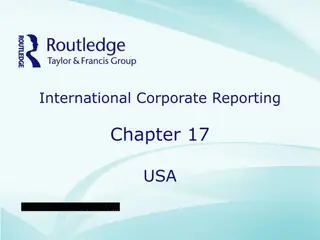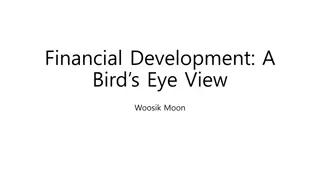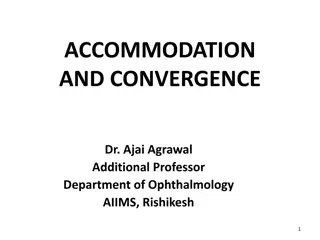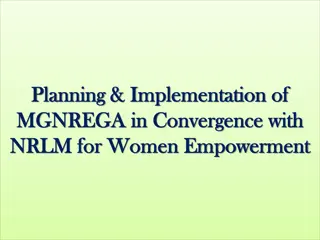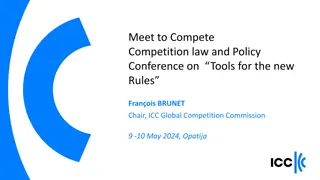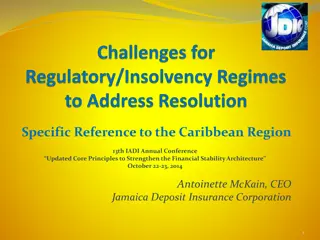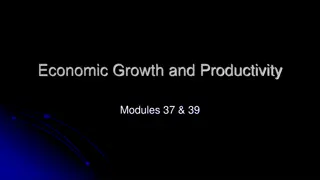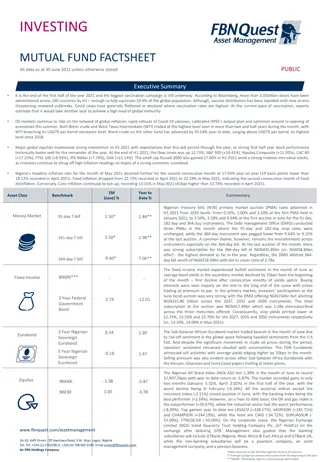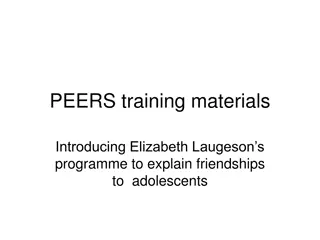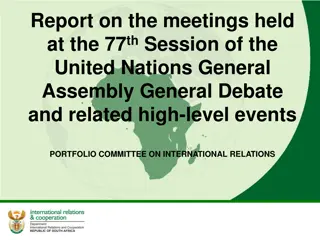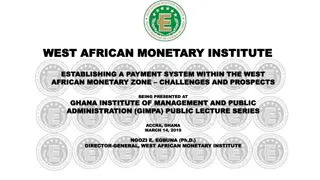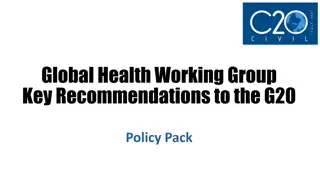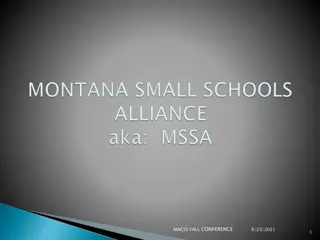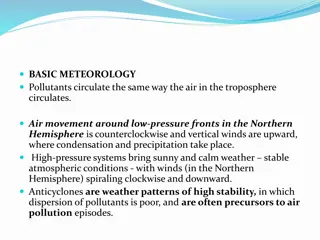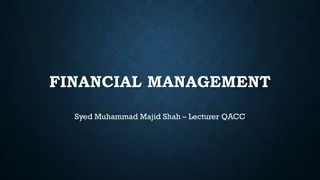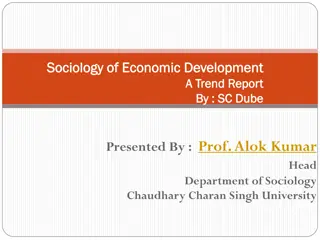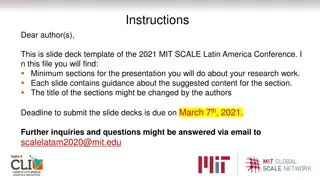Understanding Global Economic Convergence Trends: Insights from Jeffrey Frankel’s Keynote at G20 Global Financial Stability Conference 2021
Jeffrey Frankel discussed the potential impact of the pandemic on global economic convergence at the G20 Global Financial Stability Conference 2021. Despite a resilient world economy in the first half of 2021, downside risks persist due to monetary and fiscal stimuli. The divergence between Emerging Market and Developing Economies (EMDEs) and Advanced Economies (AEs) raises concerns, with growth projections varying. Factors contributing to the slowdown in EMDE growth post-2013 include global trade deceleration, falling commodity prices, and vulnerabilities to sudden stops in portfolio inflows. Reforms have been implemented to address vulnerabilities, but some setbacks have occurred.
Download Presentation

Please find below an Image/Link to download the presentation.
The content on the website is provided AS IS for your information and personal use only. It may not be sold, licensed, or shared on other websites without obtaining consent from the author. Download presentation by click this link. If you encounter any issues during the download, it is possible that the publisher has removed the file from their server.
E N D
Presentation Transcript
Might the pandemic signal the end of global economic convergence? Jeffrey Frankel Harpel Professor of Capital Formation and Growth G20 Global Financial Stability Conference 2021 Keynote address, Sept. 7, 10:10 (KST) = Sept. 6, 21:10 (EDT) Seoul, Republic of Korea
Summary of global outlook The world economy did better than expected, in the 1st half of 2021, But downside risks are evident: due to monetary & fiscal stimulus The everything bubble might burst; and vaccination is slower than it should be. and the miraculous scientific accomplishment of the vaccines. Divergence: The downside is worse for Emerging Market and Developing Economies (EMDEs). 2
Convergence: EMDEs grew faster than AEs, 2000-2013. They survived the 2008-09 GFC relatively well. 8% 25% Level of GDP/ capita in EMDEs relative to Advanced Economies 6% EMDEs 20% 4% Growth in GDP/ capita 15% 2% 0% 10% -2% AEs 5% -4% -6% 0% Advanced economies growth Emerging market and developing economies growth GDP per capita Ratio (RHS) Data source: IMF reversed for poor countries in 2020. But convergence slowed, 2013-2020; 3
Growth projections: The latest IMF WEO update for 2021 marked up AEs, esp.US (7.0%), while marking down EMs & esp. low-income countries (3.9%). 2020 2021 2022 World Economic Outlook Update: Fault Lines Widen in the Global Recovery, July 27, 2021 4
Why did EMDE growth slow, after 2013? Even before the pandemic. Some possible explanations: Global trade had slowed. Commodity prices fell on world markets in 2014, in dollars. China slowed after 2010, perhaps due to diminishing returns to capital or the Lewis turning point in rural-urban migration. EMs more vulnerable to sudden stops in portfolio inflows? 5
Vulnerability to sudden stops of portfolio inflows Reforms made some EMs less vulnerable in 2000-2010. Fiscal policy became less pro-cyclical. Capital inflows were used to build reserves, rather than to run current account deficits. The $-denominated share of inflows was reduced especially in the case of public debt. But some backsliding followed. 6
Dangers, looking forward, Dangers, looking forward, even leaving aside the effects of climate change, which are arriving faster than was expected and which will hit middle-latitude countries especially hard. (1) The pandemic could halt catch-up in developing countries incomes. (2) EM debt crises could return especially when the Fed signals an increase in interest rates. As in 1982, 1994, 1997, 2013, 2015, 2018 . (3) The world could lose the race between vaccination & new variants, due to vaccine skepticism & lack of availability in lower income countries. 7
International cooperation in such bodies as the G20 is more important than ever. By cooperation, I am not referring here to coordinated setting of national monetary or fiscal policies. Countries can mostly move in the right directions on their own. But, rather, (1) initiatives to enhance financial stability, to reduce likelihood and severity of new EMDE financial crises. Like the Debt Service Suspension Initiative, And new SDR allocation by the IMF in August; But much more is needed. (2) Good old-fashioned trade liberalization. (3) Vaccination worldwide. 8
(1) Financial stability: Despite the Covid-19 shock in March 2020, market sentiment recovered after aggressive easing by the FRB. EM interest rate spreads Emerging Market Hard Currency Credit Spreads (Basis points) IMF Financial Stability Report, April 2021, Fig.2 9
Emerging Market portfolio flows rebounded too. (Billions of $US) IMF Financial Stability Report, April 2021 10
But government debt/GDP rose sharply in 2020, in both AEs & EMs. Bank for International Settlements Quarterly Review, June 2021, p.21 Data sources: ECB Securities Issues Statistics (SEC); Dealogic; Euroclear; Thomson Reuters; Xtrakter ltd; natl data; IMF WEO; BIS calculations. 11 2General government bonds outstanding aggregated across countries, as a ratio to their combined GDP.
EM debt sustainability is vulnerable to a future rise interest rates. Governments were able to finance spending in response to pandemic. Good. But I worry that high Debt/GDP now leaves EMDEs vulnerable. Why, if interest is low? Because debt sustainability is vulnerable to a rise ininterest rates, whether from US interest rates, local risk premia, or both. Why, then, do I downplay monetary cooperation, as Rajan urged in 2014? The financial situation must be judged particularly fragile if one sees a bubble component to today s high prices for risky assets. The Fed has the difficult job of letting some air out of the bubble, without precipitating a financial crash. 12
(2) Trade:The upward global trend in trade/GDP stalled from 2008, even before Trump s tariffs or the pandemic. Data source: World Bank, 2021 13
Four trade liberalization ideas 1. E.g., US & China should roll back trade barriers, which they raised over the last four years. 2. Liberalize, in particular, trade in environmental goods such as equipment for wind & solar power. 3. Agree international rules guiding Carbon Border-Adjustment Taxes, so that they can be used, but not mis-used, working with the WTO. 4. Complete progress toward a global regime for corporate taxation working with the OECD. 14
(3) Vaccination in low-income & lower-middle countries lags far behind the rich. The US & other rich countries should make vaccines more extensively available to lower-income countries. It is ridiculous to chase after vaccine skeptics at home, trying to coax them into accepting the benefits of this scientific miracle, without also doing more to bring vaccines where most needed. Agarwal & Gopinath of the IMF have proposed a plan of action: Estimated cost/benefit $50b/$9,000b. The Economist, July 31, 2021. The pandemic has exacerbated existing political discontent www.economist.com/international/2021/07/31/the-pandemic-has-exacerbated-existing-political-discontent 15
So long as this coronavirus runs wild anywhere, it is a danger to everyone everywhere. That is international interdependence. Jeffrey Frankel 16
Appendix graph For low-income countries, convergence went into reverse in 2020. 10% 6% Level of GDP/ capita in lower- income countries relative to AEs 8% 5% 6% 4% 4% Growth in GDP/ capita 2% 3% 0% -2% 2% -4% 1% -6% -8% 0% Lower middle income Upper middle income High income Lower middle income convergence (RHS) 17 Data source: World Bank
